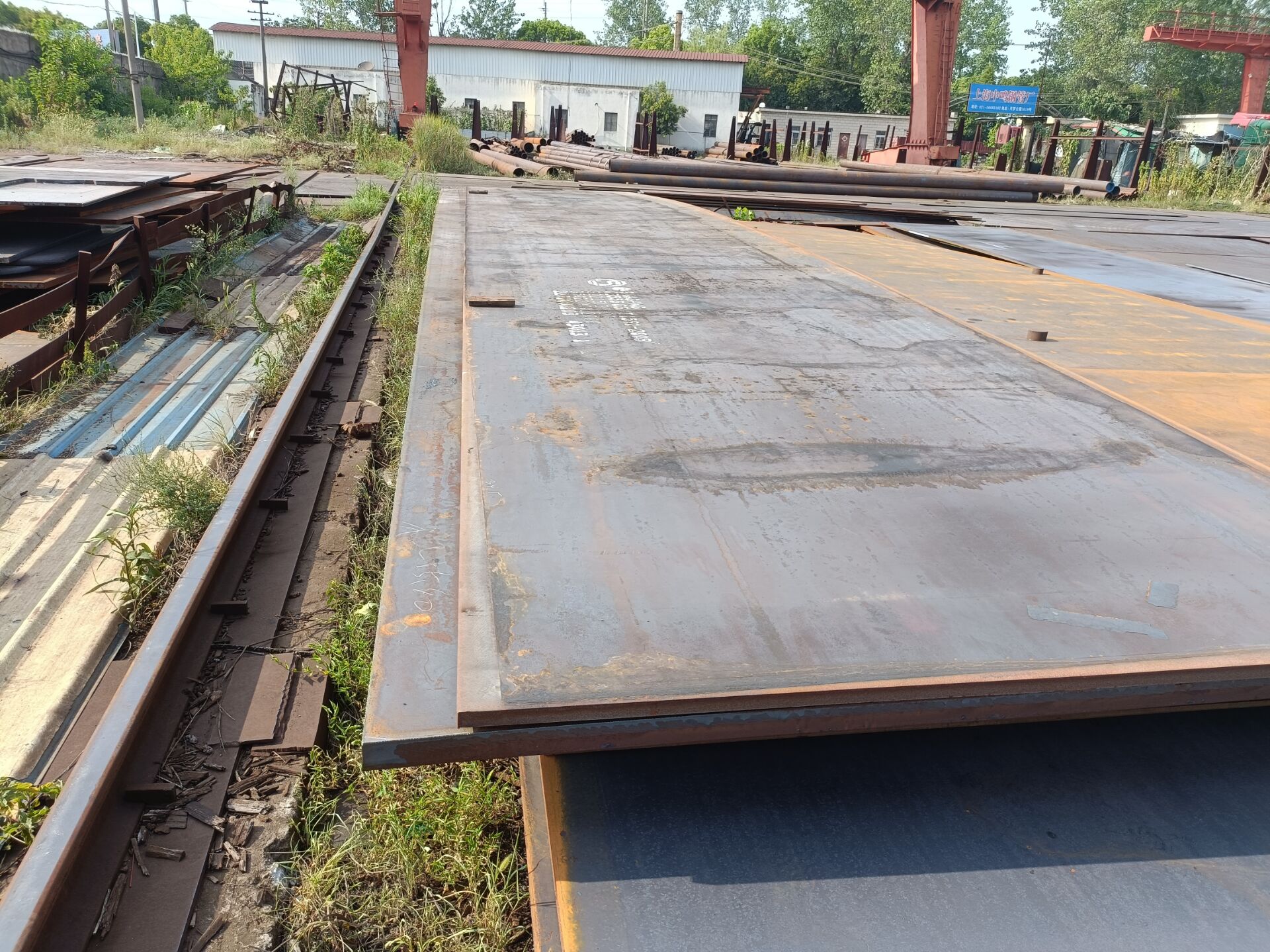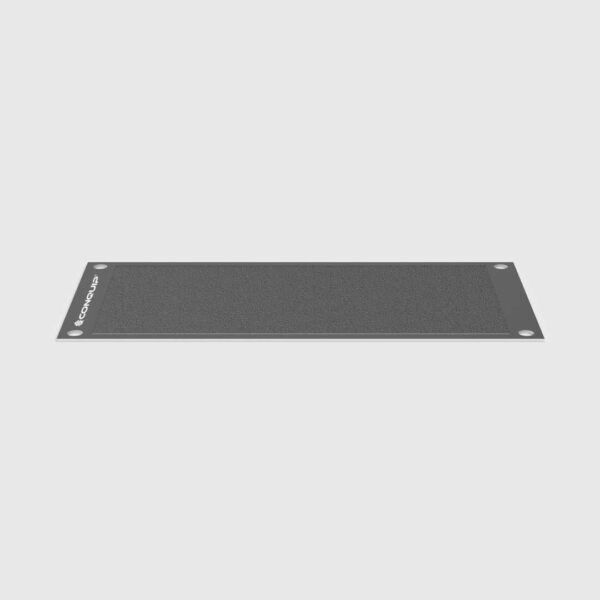The 7-Minute Rule for Steel Road Plates
The 7-Minute Rule for Steel Road Plates
Blog Article
The Basic Principles Of Steel Road Plates
Steel layers are provide a good, short-term solution for covering unsafe holes on a building and construction website. These durable, robust plates permit roadways to go back to solution to ensure that building and construction can continue. Here we check out the design details and best method setup suggestions. These plates can be utilized to ensure that roads can still be made use of whilst other stages of job continue.
They are often seen when excavations have actually started as a very early phase of building or repair service projects. These plates are made to stand up to durable usage on hectic roadways.
The weights start from approximately 300kg and conventional roadway plates have a thickness of either inch or inch. The capability to be bolted to the road.
The Of Steel Road Plates
Hinged versions for fast accessibility to the excavation or normal gain access to, e.g. driveways. Compound plates, which can accommodate different lengths of trench. Skid-resistance for improved automobile, pedestrian and site employee safety. Steel roadway layers can be installed relatively promptly, however they are heavy. Therefore, they must be set up using a forklift or crane.
Inspect for displacement by traffic filling from the beginning plates should constantly withstand displacement. Inspect that the plates do not present a hazard to any kind of sort of roadway customer and can be made use of by all road users and vehicle types, consisting of pedestrians, bicyclists and motorcyclists. Create a routine assessment and upkeep to make certain that performance stays risk-free and maximum.
Repair the plates properly at all times. Mechanical training makes sure that the plates are set up precisely and safely.
If a ramp is produced by the roadway plates, then alerting indicators for pedestrian and roadway individuals are called for. Always a conduct full website study, and take the professional advice of an architectural designer.
The Steel Road Plates PDFs

In order to enhance safety and security, there are a number of standards and market records directing their use in construction work areas. Steel plates need to be repaired in place to avoid motion.
The Facts About Steel Road Plates Uncovered
Along with being securely in contact with the pavement, they must Get More Information be either pinned, recessed right into the pavement, or protected with asphalt wedges around the boundary. Pinning right into the sidewalk involves driving pins right into the sidewalks along the edges of the steel plates to avoid motion. Recessing involves reducing out the location where the steel plate will certainly be positioned.
This leads to the steel plate being flush with the sidewalk. In addition, when several steel plates are used and butt up to each other, they should be welded together at the longitudinal seams. Steel plates can be very unsafe, especially when they are wet, unless they have an anti-skid layer used.
Covering steel layers with a product that enhances rubbing aids motorcyclists and bicyclists preserve control, particularly in wet weather. Problems which decrease sidewalk friction in work areas are of specific problem to motorcyclists and bikes. A typical risk in steel plate installations happens when the customer falls short to construct correctly tapered ramps from the highway to the edges of the steel plate( s).
Rumored Buzz on Steel Road Plates
It postures a considerable threat to motorcyclists and bicyclists who can quickly shed control when they contact the abrupt/steep tapered ramp and the steel plate. Appropriately tapered ramps allow users to securely go across over the steel plates.
Department of Transportation's Federal Highway Administration (FHWA) needs that transverse sidewalk joints, which cause a bump, should be tapered at 60 to 1 (5 feet horizontal for each 1 inch of vertical elevation difference). Select the appropriate size. Make sure ample overlap. Typically, steel plates must extend a minimum of one foot past the sidewalk opening onto firm ground.
The 7-Minute Rule for Steel Road Plates
Welding is utilized when greater than one steel plate is made use of and they butt approximately each various other. Plates need to be countersunk when essential as a result of irregular roads. Plates must be coated with an anti-skid layer. The edges of the steel plates need to be marked/painted to enhance visibility. Correct development warning indicators should be made use of.

His background consists of the construction, evaluation, learn more.
Worldwide of civil design and building, steel roadway plates are an ultimate device that holds enormous relevance. These durable steel plates play a critical duty in improving construction security, supplying short-lived streets, and ensuring smooth procedures on various project sites. As a site here construction tools distributor, their significance can not be overstated.
Report this page